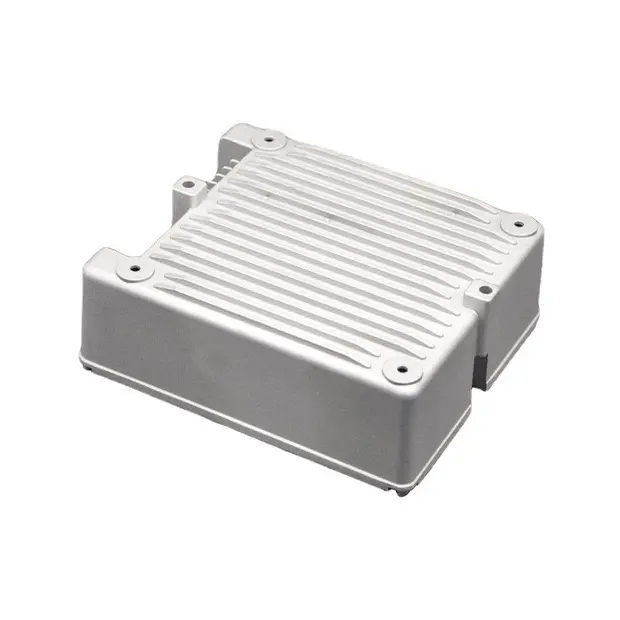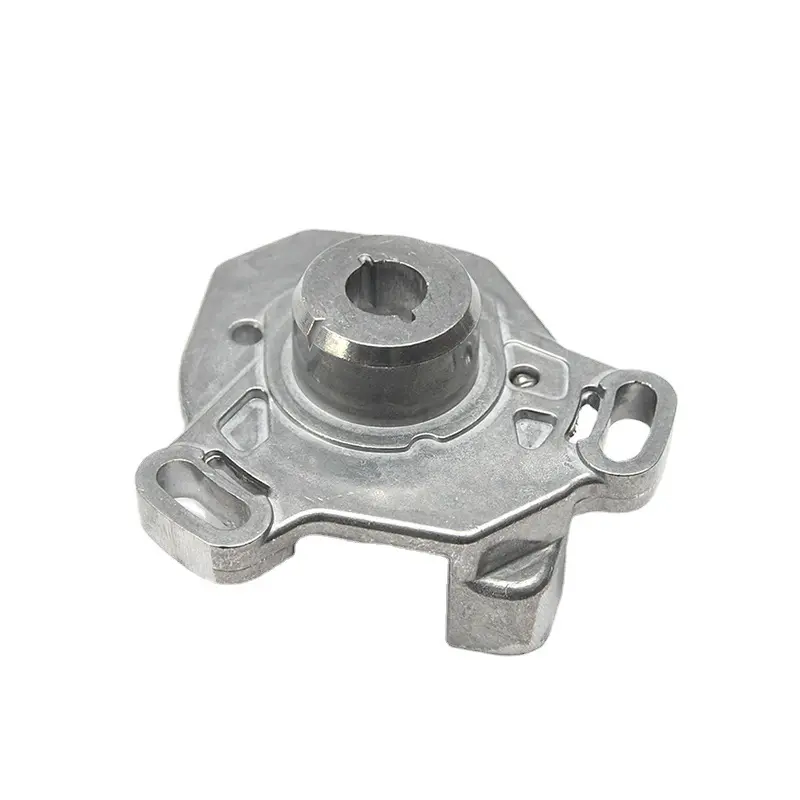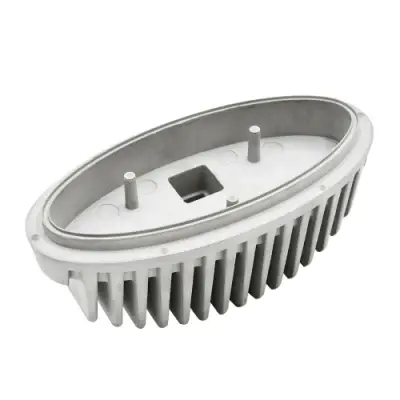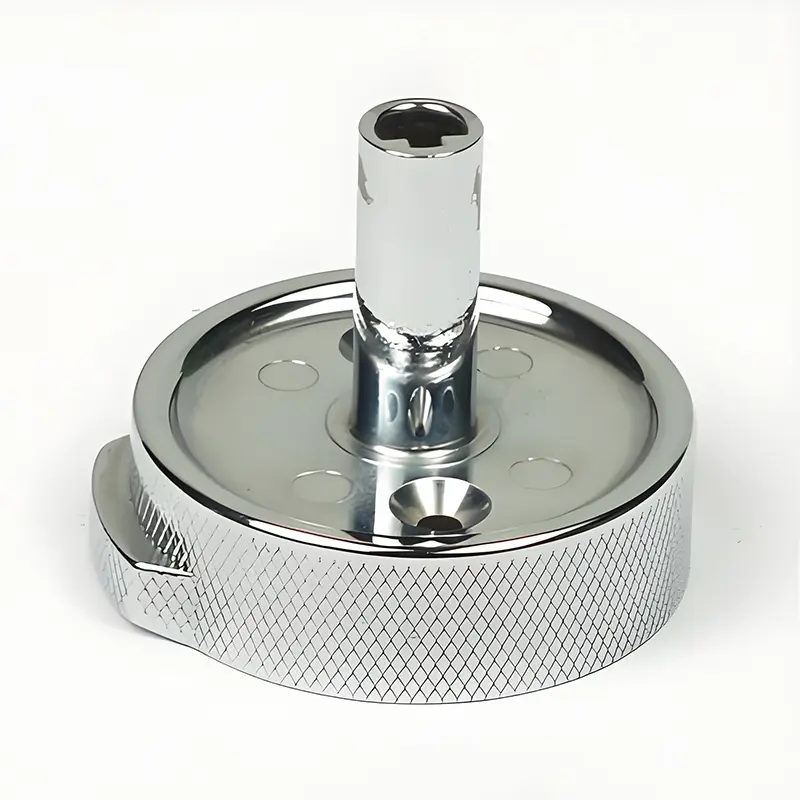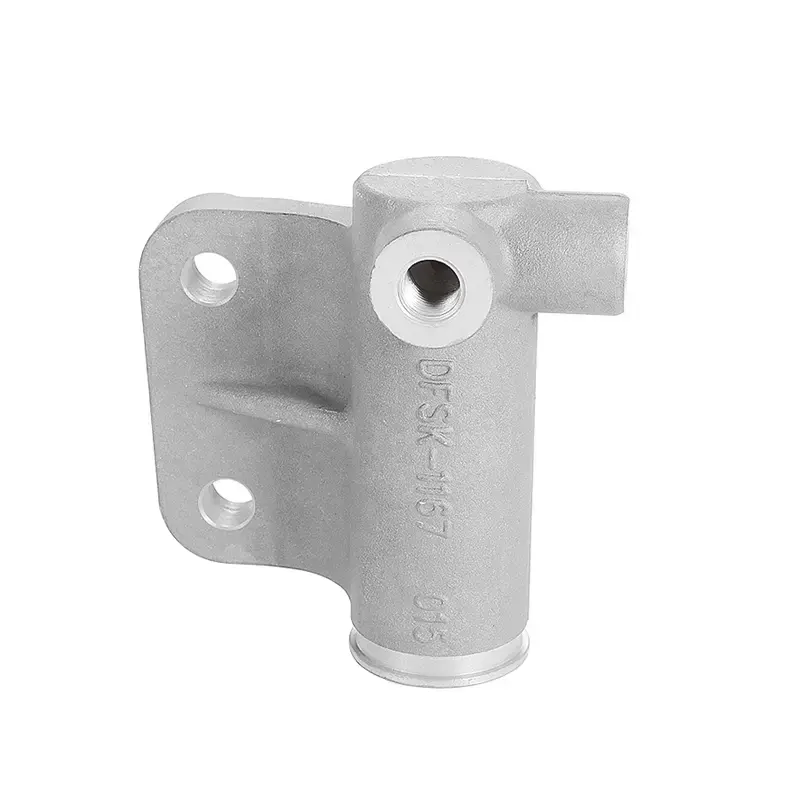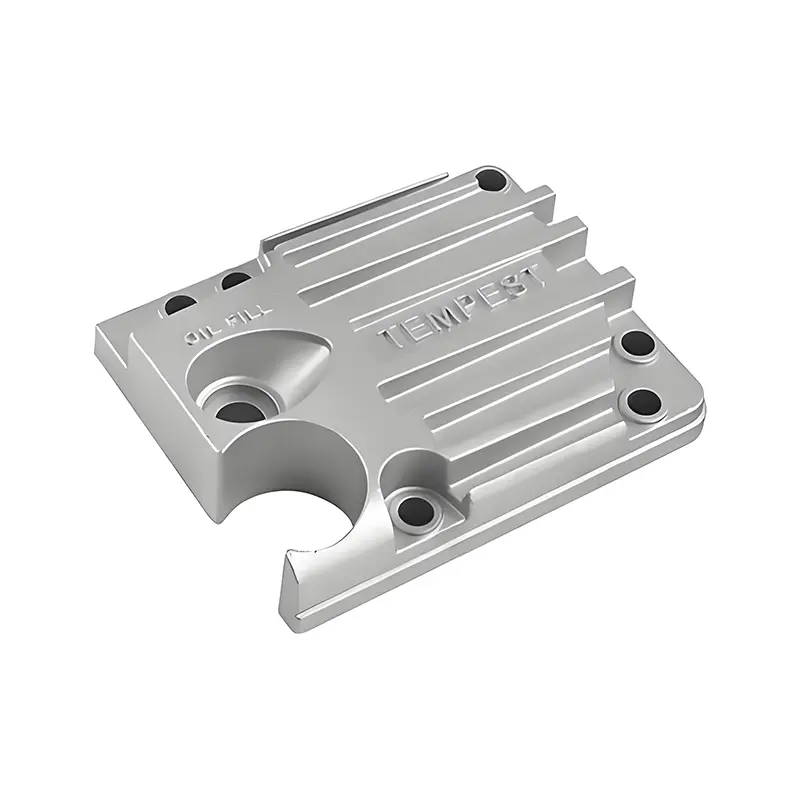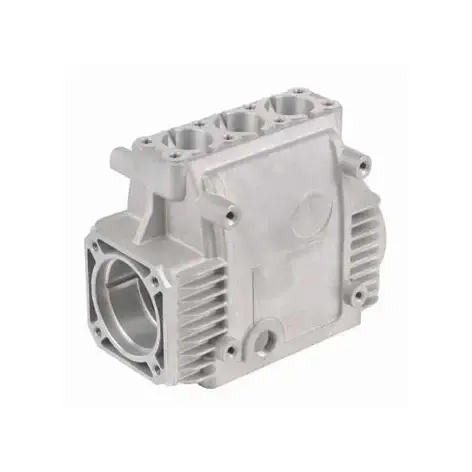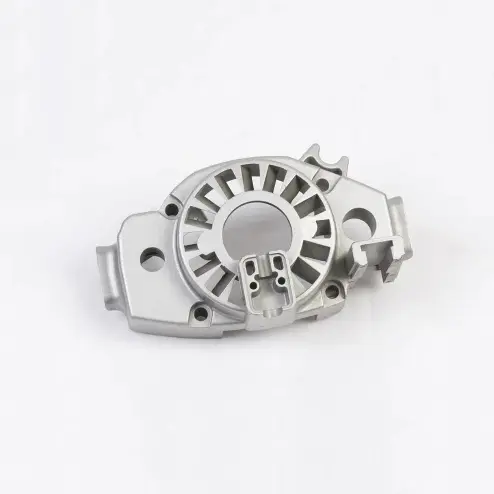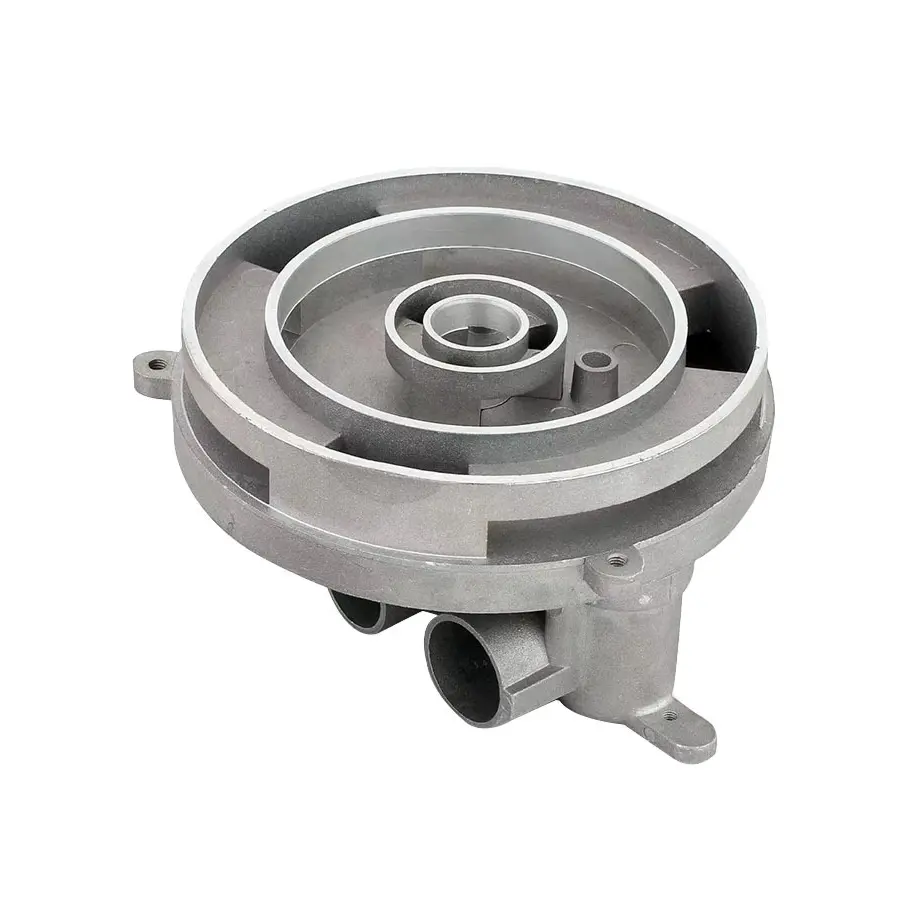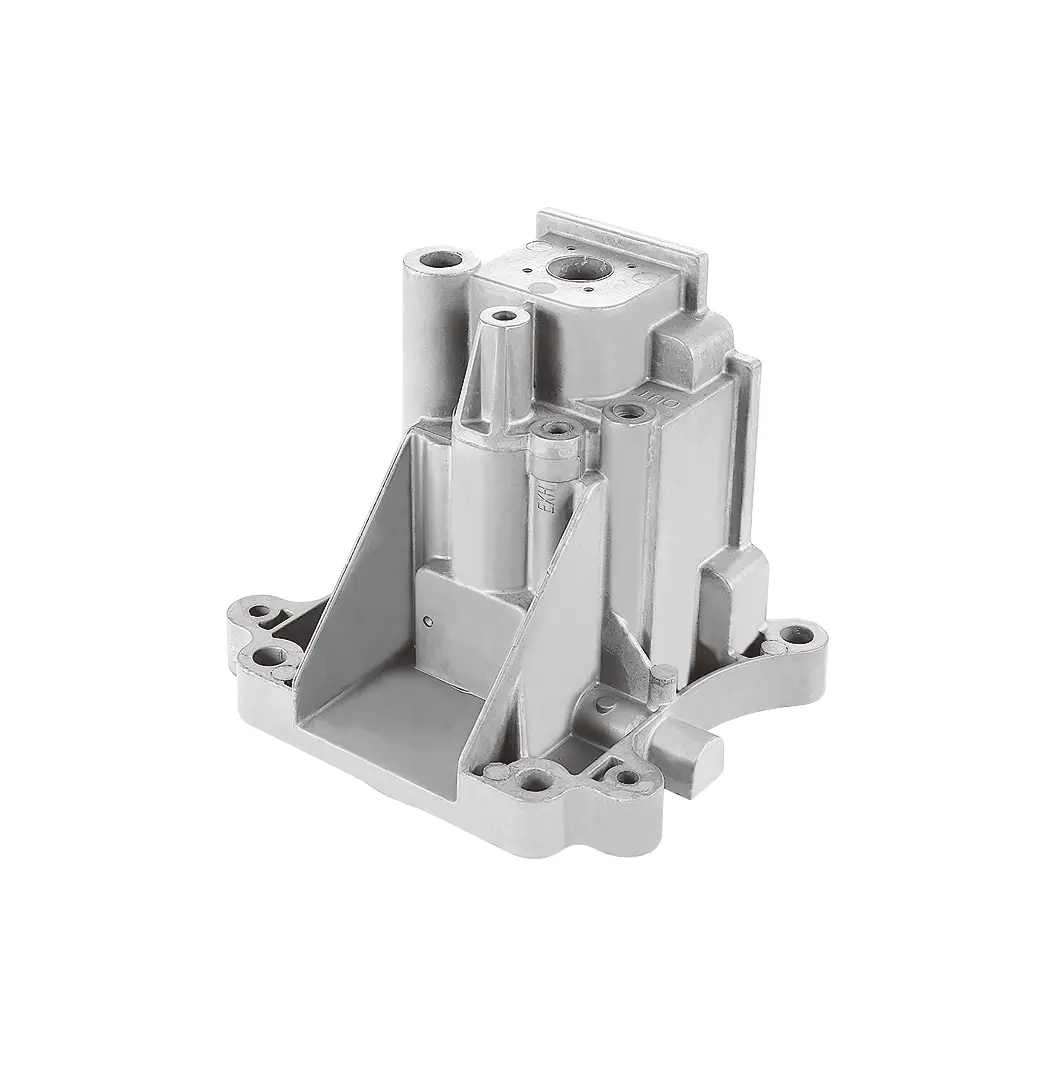 +86-13516964051
+86-13516964051 Cleaning and Trimming Aluminum Alloy Die-Castings
Cleaning and Trimming Aluminum Alloy Die-Castings: From Process Specifications to Quality Control for International Trade
In the aluminum alloy die-casting industry chain, cleaning and trimming of castings is a critical link between die-casting and subsequent processing. It not only determines the product's appearance, precision, and fit, but also directly impacts the product's lifespan and safety. For export, cleaning and trimming processes that meet international standards are a key competitive advantage for overcoming trade barriers and earning the trust of overseas customers. This article systematically analyzes the key technical aspects of the cleaning and trimming process for aluminum alloy die-castings, providing a comprehensive solution for export companies, from process implementation to quality compliance.
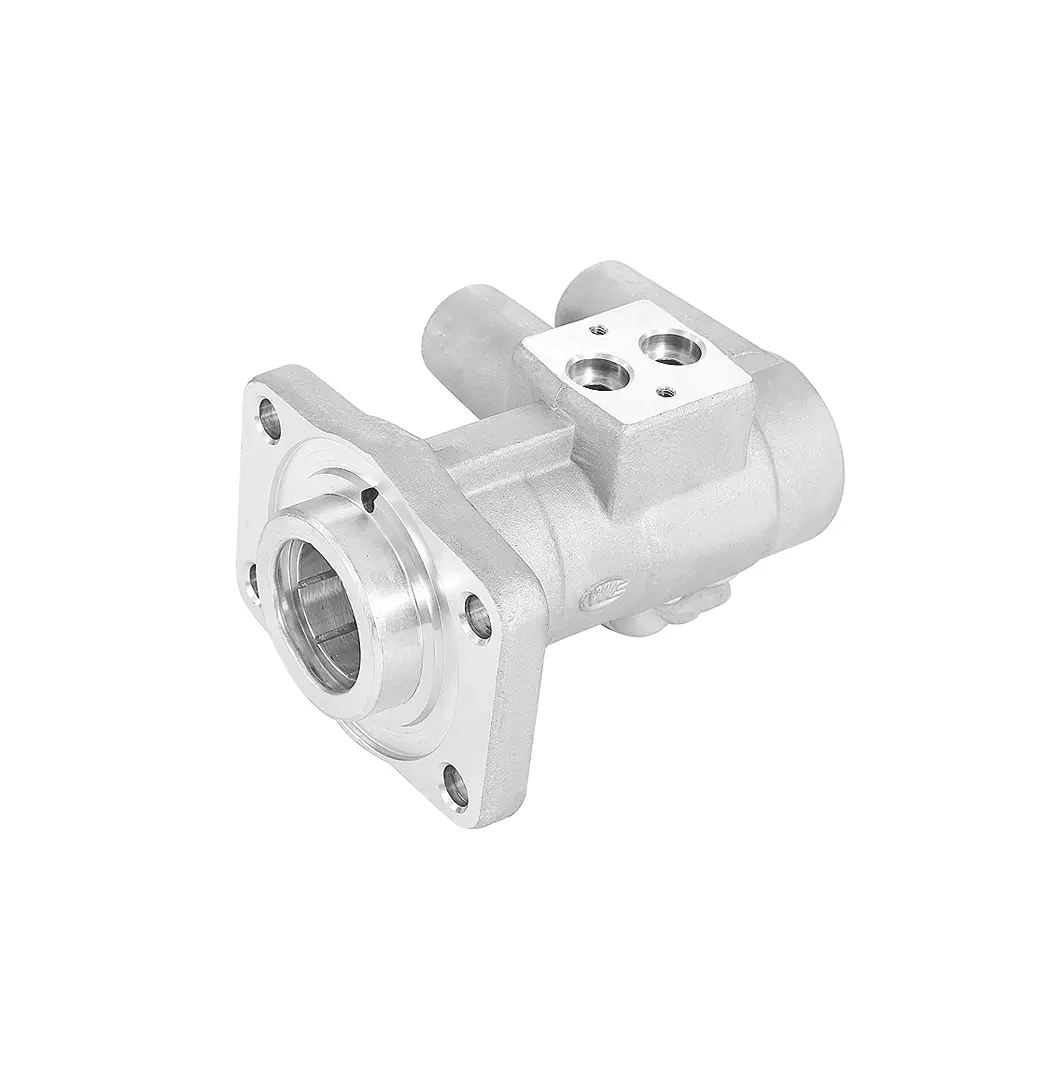
First, the core goal of cleaning and finishing: Why it is a "quality threshold" for export castings
After aluminum alloy die-casting, defects such as sprues, burrs, scale, and oil stains often remain on the surface and interior of the casting. If not promptly addressed, these defects can lead to three core issues:
Assembly failure: Residual flash can cause excessive clearances between components, especially in high-precision applications such as automotive and communications, leading to problems such as abnormal noise and poor sealing.
Substandard surface quality: Scale and oil stains can affect subsequent surface treatments such as painting and electroplating, hindering the stringent appearance requirements of the European and American markets.
Hidden risks: Residual metal debris can break off during use and damage internal components (such as hydraulic systems and motor components). Therefore, professional cleaning and finishing must achieve four main goals:
Completely remove foreign matter (flash, burrs, and sprue residue) from the Casting Surface and cavity;
Ensure casting dimensional accuracy meets drawing tolerances (typically within ±0.05mm);
Optimize surface roughness (Ra values should range from 1.6 to 6.3μm depending on the application);
Eliminate potential defects (e.g., pre-treatment of microcracks and pores).
Second, Standardized Process Flow: A Four-Step Approach from Pretreatment to Closed-Loop Quality
1. Pretreatment: Targeted Removal of Macro-Defects
Pretreatment is the foundation of cleaning, and the process should be selected based on the casting structure and defect type:
Riser Removal:
Small and medium-sized castings (such as telecommunication housings and connectors): Use hydraulic or pneumatic shears with a production rate of 300-500 pieces/hour to avoid deformation caused by mechanical impact.
Large and complex parts (such as automotive transmission housings): Use CNC saws for precise cutting, achieving a flatness tolerance of ≤0.1mm, reducing subsequent polishing workload.
Preliminary Removal of Burrs and Flash:
Flat-surface castings: Roughly grind with a belt sander using an 80-120 grit sanding machine to remove flash larger than 0.5mm.
Deep-cavity/special-shaped parts (such as motor end caps): Use hand files or small pneumatic tools to avoid damage to the inner wall of the casting.
2. Deep Surface Cleaning: Balancing Efficiency and Refinement
Depending on the surface quality requirements of foreign trade customers, the following three mainstream processes can be selected:
Cleaning Process
Applicable Scenarios
Technical Parameters
Advantages
Sandblasting
Automotive structural parts, industrial accessories
Abrasive: Quartz sand/alumina; Pressure: 0.3-0.8 MPa
Quickly removes oxide scale, creating a uniform matte surface
Chemical Cleaning
Precision electronic components, medical device accessories
Solution: Nitric acid + hydrofluoric acid (5%-10% concentration); Temperature: 40-60°C
No mechanical damage, suitable for thin-walled parts (wall thickness ≤ 1.5mm)
Ultrasonic Cleaning
Complex cavity parts (e.g., valve bodies)
Frequency: 20-40 kHz; Duration: 5-15 minutes
Deeply cleans oil stains in blind holes and crevices
Note: Castings exported to the EU should avoid the use of chemical cleaning agents containing chromates and must comply with RoHS 2.0. Environmental standards (limiting six hazardous substances, including lead and mercury).
3. Precision Finishing: Controlling Dimensions and Appearance Details
The finishing process directly determines whether the casting meets assembly requirements. Key aspects include:
Dimensional Finishing: CNC milling or grinding is used to machine key reference surfaces (such as flange surfaces and locating holes) to ensure dimensional tolerances meet ISO 8062 standards (e.g., H11 tolerances);
Defect Repair: For tiny pores (≤0.5mm in diameter), argon arc welding is performed using aluminum alloy-specific welding wire. After welding, the casting must be ground flush with the substrate to avoid affecting subsequent painting;
Edge Rounding: Sharp edges of the casting are rounded (R0.2-0.5mm radius) to improve safety and reduce damage during transportation. 4. Quality Inspection: Establish a Quality Traceability System for Foreign Trade
After cleaning and finishing, inspection must cover three dimensions to ensure compliance with overseas customer factory inspection requirements:
Appearance Inspection: Visual inspection (illuminance ≥ 500 lux) or automated visual inspection equipment must be used to ensure no visible flash, scratches, or color variations.
Dimensional Inspection: Critical dimensions are sampled and inspected using a three-dimensional coordinate measuring machine (accuracy ±0.001mm), with a sampling ratio of no less than 5%.
Non-destructive Testing: X-ray inspection or penetrant testing is performed on load-bearing parts (such as automotive suspension components) to ensure the absence of internal defects such as incomplete weld penetration and cracks. Inspection reports must be provided with the shipment.
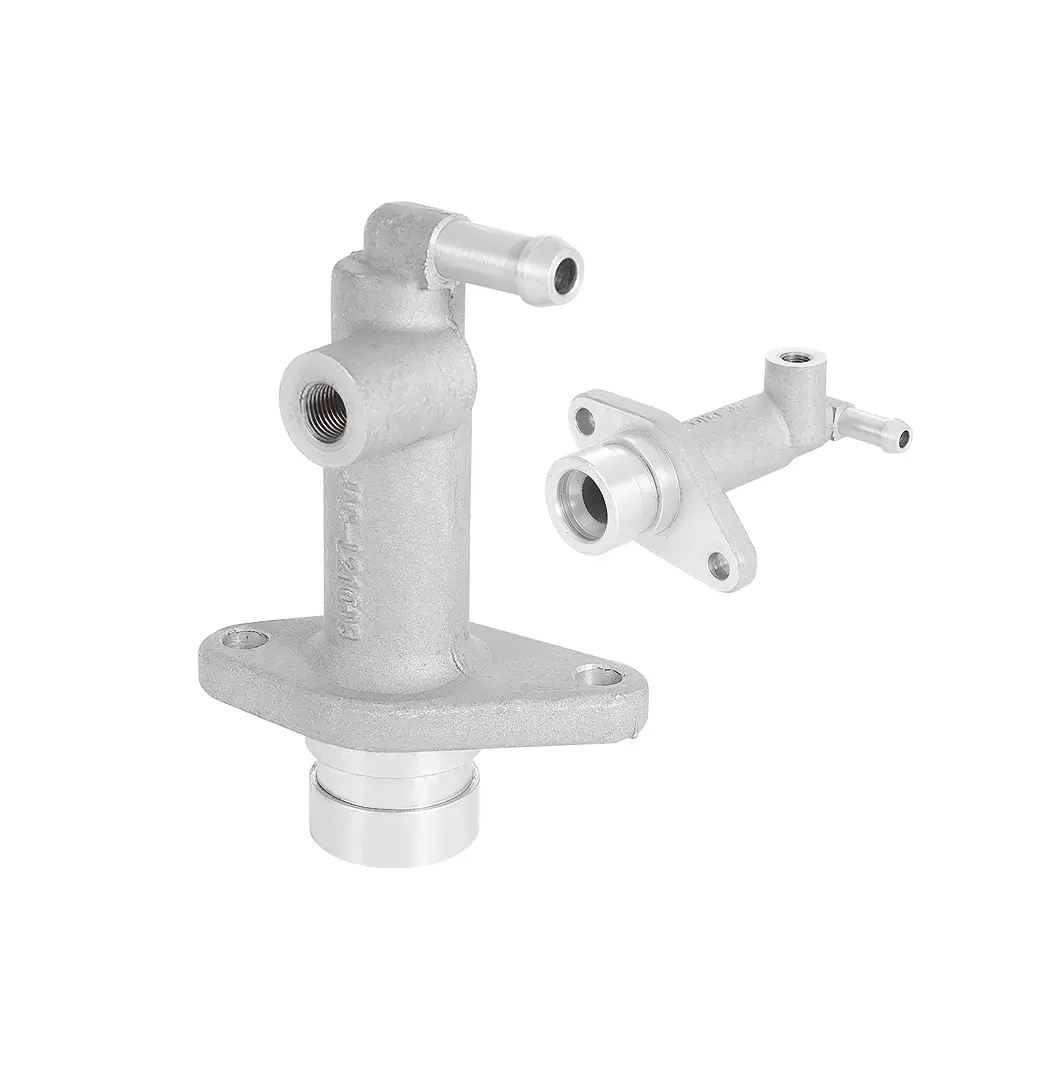

Third, Key Technical Points and Misconceptions to Avoid in Foreign Trade Scenarios
1. Technical Points: Adapting to Different Export Market Demands
Automotive Industry Customers (e.g., North American and European automakers): Surface roughness (Ra ≤ 3.2μm) must be controlled, and anti-rust treatment (e.g., chromium-free passivation) must be performed after cleaning. Salt spray testing must ensure a 72-hour rust-free state.
Communications Industry Customers (e.g., Southeast Asian and Middle Eastern operators): Focus on the heat dissipation performance of castings. During cleaning, the integrity of the heat sink must be preserved to avoid excessive polishing that reduces heat dissipation efficiency.
Medical Device Customers (e.g., European and American markets): Aseptic cleaning processes (e.g., ultrasonic and pure water cleaning) must be used, and a cleanliness test report (particle size ≤ 10μm) must be provided after cleaning.
2. Avoiding Common Mistakes
Mistake 1: Over-reliance on mechanical cleaning leads to uneven wall thickness. Solution: For thin-walled parts (wall thickness ≤ 2mm), a combined process of "chemical cleaning + manual finishing" is used to avoid deformation caused by mechanical stress.
Mistake 2: Neglecting stress relief after cleaning. Solution: Perform a low-temperature aging treatment (120-150°C for 2-4 hours) after cleaning and finishing to release internal stress and prevent cracking during transportation.
Mistake 3: Incomplete inspection records. Solution: Establish a digital traceability system to record the cleaning process parameters and inspection results for each batch to meet customer traceability requirements.
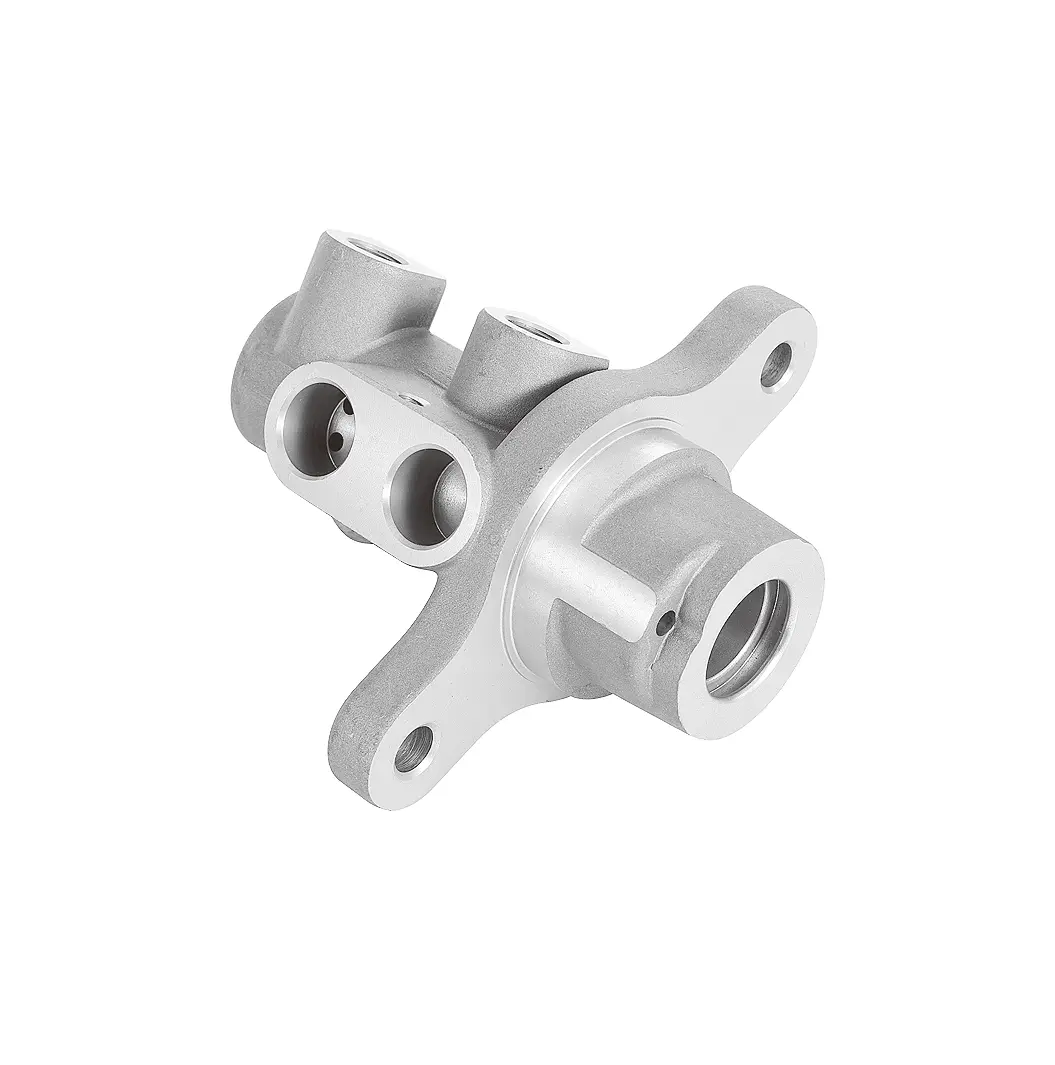
Fourth, Conclusion: Building Core Competitiveness in Foreign Trade with Professional Craftsmanship
The cleaning and finishing of aluminum alloy die-castings is both a technical and ethical task. It tests not only a company's technological proficiency but also its deep understanding of the needs of overseas customers.








